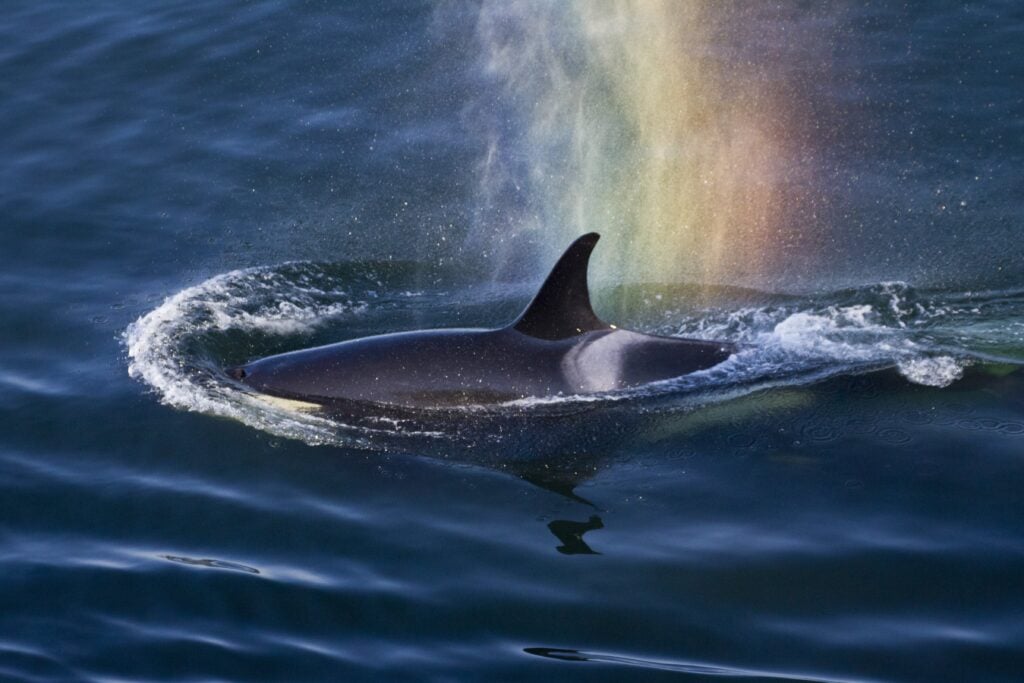
Hours of work are generally 40 hours per week, Monday through Friday, but seasonal evening and weekend work will be needed. Significant travel ranging from a week to three weeks is required as project sites are located throughout Washington State, Oregon, and British Columbia.
Field work may include inclement weather, rough water, and long days. Day to day operations will vary depending on projects. Physical fitness will be needed to haul heavy nets, lift heavy weights (80 lb.), swim in cold waters, and handle adult fishes.
Masters or Bachelors degree with an emphasis in fisheries science and four years of professional experience in field research. Experience operating and maintaining a small working skiff. At least one year of field staff management.
$40k to $60k with benefits, depending on experience.
ISAv is an orthomyxovirus (related to influenza viruses) that is thought to have evolved in Atlantic salmon; the first incidence of disease was reported among salmon farms in Norway in 1984. The virus is extremely infectious and can result in high mortalities (in excess of 70%). The main route of infection is “horizontal” (fish-to-fish), though it is also suspected that ISAv can be passed “vertically” (through the eggs) because it was introduced into Chile, where no adult salmon were imported or previously existed. ISAv may also infect herring, cod, Pollock, sablefish, and other marine species. These species, which do not typically show signs of the infection, serve as a “reservoir” that makes eliminating the virus, once present, impossible because they can shed virus that will re-infect salmon.
ISAv can be introduced by the shipment of infected salmon tissue and eggs; water containing the virus could also be infectious. Since it emerged in virulent form from a native strain found in Norway, ISAv has been introduced by the salmon aquaculture industry into Ireland, Scotland, the Faroe Islands and Chile. The detection of the European strain in eastern Canada is likely also due to the movement of infected fish or eggs, although it is possible that is was brought to eastern Canada by migrating Atlantic salmon.
The primary method of ISAv transmission is horizontal (fish-to-fish) because infected fish shed the virus in mucous, urine, feces and ovarian fluid. Sea lice have been implicated as a vector for ISAv, and the wounds they make on a salmon’s skin may allow the virus to infect new hosts. It also appears to spread vertically (from an infected female to her eggs), although it is unclear if it is simply found on the outside of eggs or whether it manages to infect the young, unhatched offspring.
At present we do not have enough information to determine if the recent detections of ISAv are from European strains, which would suggest introduction by the salmon aquaculture industry. However, once the recently detected virus is sequenced, we will be able to identify its origin. It may be that a strain of ISAv has been present in the Pacific Northwest for some time, or even be native.
ToggEven if the strain of ISAv found in the Pacific Northwest is native there is still cause for concern. In locations where intensive Atlantic salmon aquaculture is found, highly virulent strains of ISAv have developed (see Can ISAv evolve and what are the implications?). In the Pacific Northwest, ISAv could develop into a virulent form, likely first in Atlantic salmon in aquaculture facilities, and then could spread to native Pacific salmon stocks – potentially from California to the Bering Sea, jeopardizing populations that are already endangered or in decline. The salmon in the net pens would serve as a continuous source of viral particles, creating a long-term exposure to ISAv for native salmonids (salmon and trout) and other marine fishes. Crowded conditions such as those found in aquaculture facilities would allow the virus to mutate and become infectious for new species.le Content
There are several “strains” (variants) of ISAv. These have previously fallen into two groups, based on their genetic similarity: one in the North Atlantic (Europe) and the other on the Atlantic coast of North America (although the European strain has also been found in eastern Canada). The virus was also introduced into Chile, where there are no native salmon, on several different occasions by the salmon aquaculture industry. The introduction of a Norwegian strain in 2007 led to disastrous losses in Chilean aquaculture, and killed both net pen Atlantic and coho salmon. Some of those fish had recently been infected by another pathogen (Piscirickettsia, a bacterium), and both may have played a role in the high mortalities observed.
The original strain of ISAv is thought to have a full-length “highly polymorphic region” (HPR), which is a gene segment associated with virulence; this strain (HPR0) is not commonly associated with disease. This strain was naturally occurring in the North Atlantic and only resulted in disease after Atlantic salmon net pens were established on the Norwegian coast. Other strains with higher virulence (the ability to spread and cause disease, “pathogenic”) have mutations in this region that result in shorter HPR gene segments- these are usually referred to as HPR1, HPR2b, etc. Like many RNA viruses, ISAv mutates very quickly and mutations in other regions may also be important.
One of the key features of ISAv is its ability to mutate rapidly and increase its virulence; there is evidence that this has happened independently on several occasions in association with fish farming around the world. We now know that mutation events that lead to a shortening of the highly polymorphic region (HPR) can result in increased pathogenicity. We also have evidence that ISAv can evolve virulence for Pacific salmon species (in the 2007 Chilean outbreak, farmed coho salmon were also infected and killed by ISAv; however, other infections may have contributed to the high mortality). Since all salmonids (salmon and trout) are relatively closely related genetically, it is possible that a chronic exposure to ISAv in intensive culture conditions would eventually lead to the emergence of a more virulent form of the virus that could infect native Pacific salmon species.
The following quote summarizes the situation (from Christiansen et al., 2011, Journal of General Virology, volume 92): “Arguably the most important question for fish-health managers regards the risk that the presence of low pathogenic ISAv-HPR0 presents for the development of highly pathogenic ISAv and ISA disease. ISAv-HPR0 has been proposed to be the ancestor of highly pathogenic ISAv that is capable of causing disease in Atlantic salmon farms, and probably undergoes an adaptation event in association with intensive aquaculture…The virus is thus well equipped to adapt to the highly selective environment associated with aquaculture, which includes evolutionary pressures such as high host abundance and continuous availability, high rearing densities and exposure of naive hosts to new pathogens. Such factors are known to drive the faster evolution of other fish RNA viruses within aquaculture, such as viral hemorrhagic septicemia virus (VHSV). In this case, adaptation of the virus to an alternate ‘pathogenic’ lifestyle has occurred several times within aquaculture” (see original for citations).
The only way to remove this threat is to require salmon aquaculture facilities to be moved onto land, where escapees can be prevented and the effluent from the land-based farms can be sterilized and monitored to prevent the release of pathogens.
A widely cited paper entitled “Relative resistance of Pacific salmon to ISAv”(Rolland and Winton, 2003, Journal of Fish Diseases, volume 26, pages 511-520) indicated that Chinook, coho, chum and steelhead experimentally infected with two virulent strains of ISAv did not develop disease; these two strains killed Atlantic salmon in the same experiment. It is important to note that sockeye salmon were not included in the study, so we have no information about their susceptibility to infection or disease caused by ISAv. While this is good news for Pacific salmon, it does not mean they are not at risk. After roughly 2 weeks, ISAv was still recovered from the Pacific salmon species, indicating that the virus was able to replicate in these fish, although it did not cause disease. The ability to infect a new species is the first hurdle that a pathogen needs to overcome to become virulent in that species, and that step was readily accomplished by ISAv. The authors went on to conclude: “The results indicate that while Oncorhynchus spp.[Pacific salmon] are quite resistant to ISAv relative to Atlantic salmon, the potential for ISAv to adapt to Oncorhynchus spp. should not be ignored.”
It is also worth noting that laboratory studies on the effect of infections, while highly valuable, do not tell the whole story. The fish used in such “controlled” studies are usually pathogen-free at the outset so that the effects of one particular infection can be examined. However, in natural systems it is expected that any given salmon will have multiple concurrent infections from naturally occurring, native parasites and other pathogens (whether viral or bacterial). The presence of multiple infections may have additive or synergistic effects on the health of the fish- in effect, the fish’s immune system is fighting off several invaders at once, depleting its energy stores and potentially leading to disease. In addition, salmon arising from areas with human impacts on the environment (which includes most of Washington, Oregon and California) – pollutants, chemicals that affect hormone balance, or other issues with water quality – are also impaired by these exposures. The net effect is that a fish may be resistant to a low-pathogenic strain of ISAv in the lab, but in the wild, the presence of other pathogens and/or water quality issues may allow that strain to lead to disease and kill the host.
Because the virus evolved in cold water fishes, it is inactivated by warmer body temperatures like those found in birds and mammals. It is not thought to bioaccumulate in the food chain, and it does not infect humans.

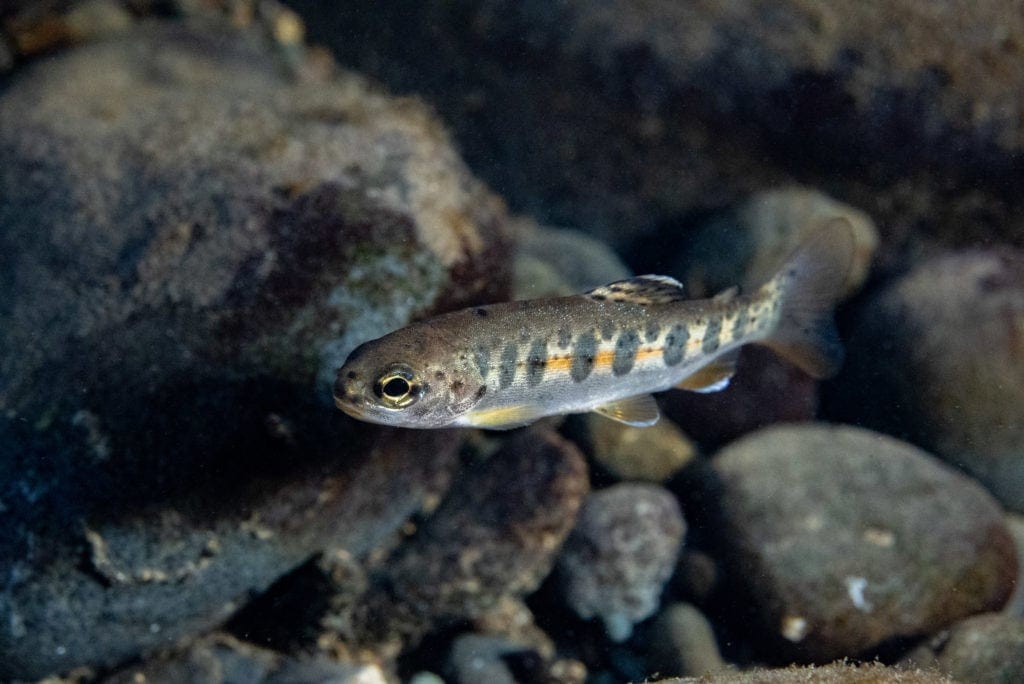
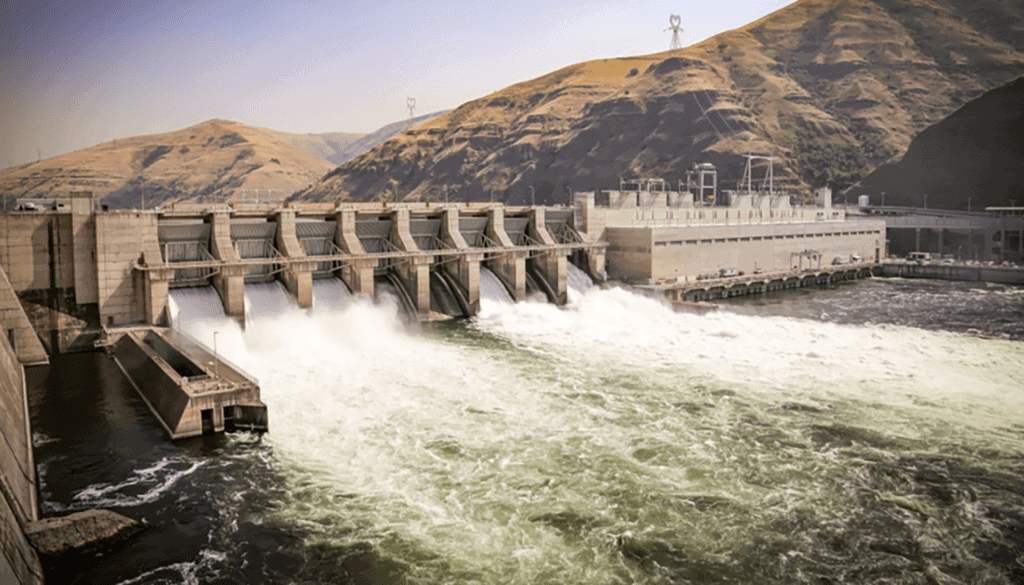
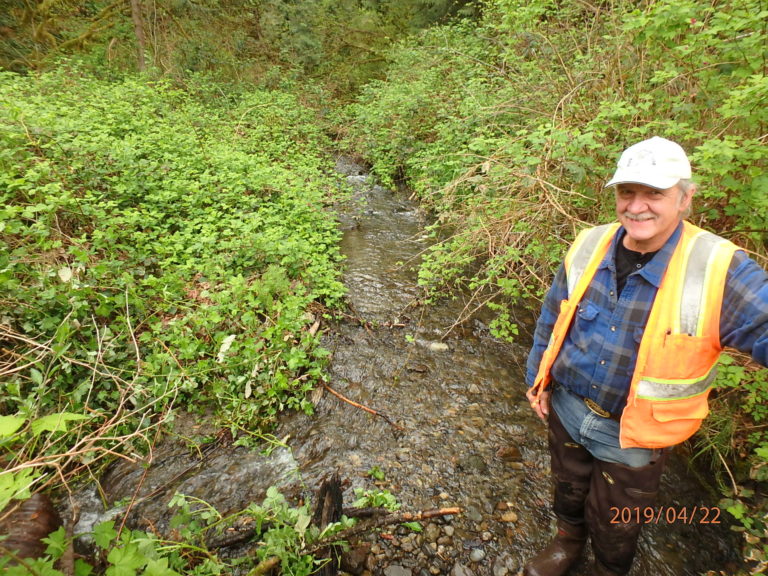
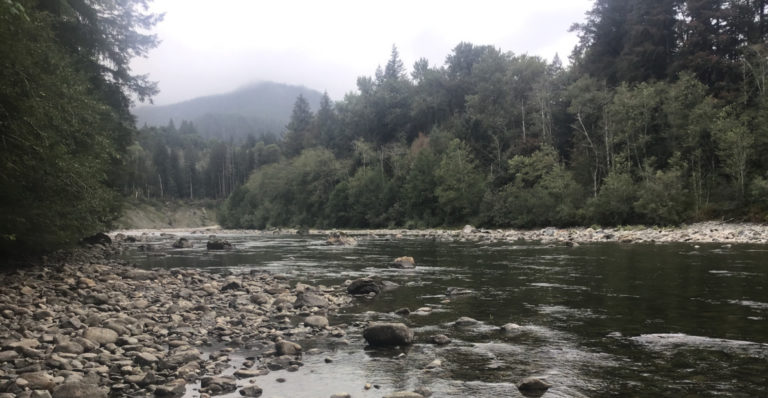
WEB MAP: View the Middle Fork Snoqualmie & Raging River Alluvial Water Storage Assessment Results
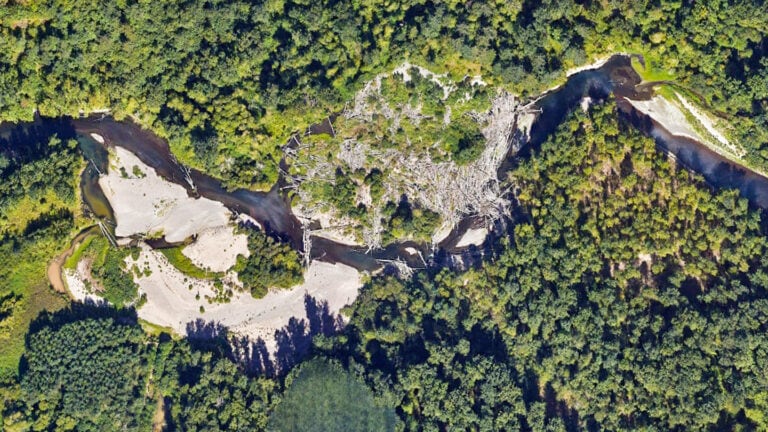
Wild Fish Conservancy worked with an environmental engineering firm to assess the feasibility of large wood (LWD) supplementation in the Snoqualmie River from its confluence with the Tolt River, downstream to Harris Creek near Chinook Bend Natural Area (River Mile 21-25). The assessment laid the foundation for conceptual designs that will detail instream LWD treatments in the Chinook Bend -Tolt reach of the Snoqualmie River. Public outreach was conducted to assess recreational boater usage in a 4-mile reach of the Snoqualmie River that is critical salmon habitat. The information gained from the public outreach was used to inform the design of conceptual Large Woody Debris (LWD) habitat restoration treatments in the reach.
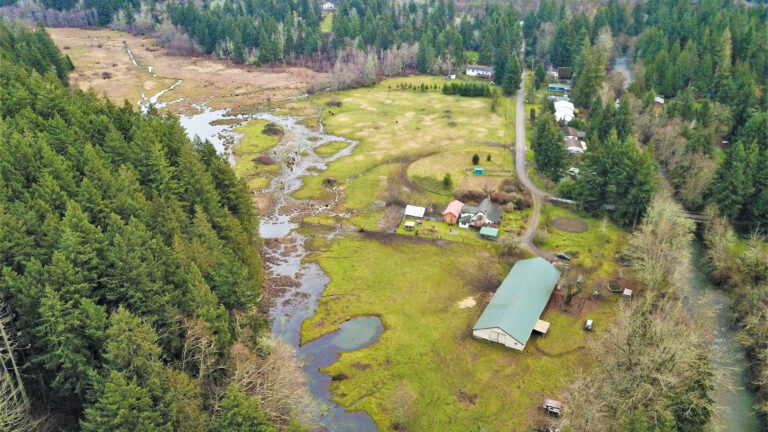
This project identifed, prioritized, and provided preliminary designs to restore a unique Deschutes River spring fed wetland and stream
complex. Restoration actions identified include removing three failing culverts, livestock
exclusion fencing to protect streams and wetlands, instream LWD placement, and riparian restoration, along with a suite of farm management BMPs.
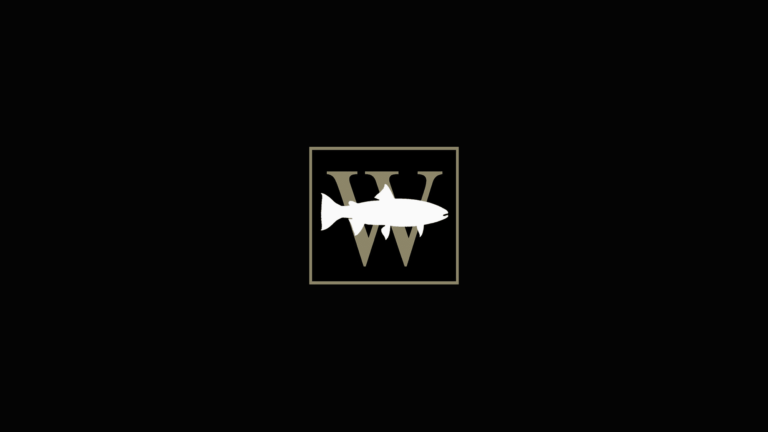
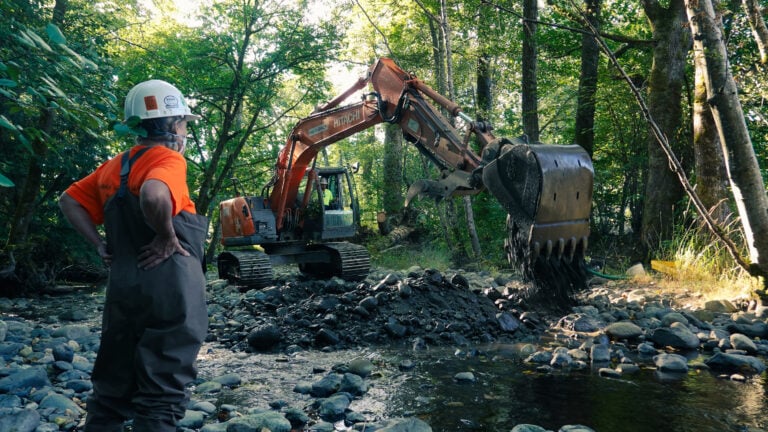
During this project WFC placed large wood within a half-mile reach of Grant Creek. The large wood complexes will encourage the development of new scour pools and to improve overall channel complexity.
Lorem ipsum dolor sit amet, consectetur adipiscing elit.
Join our mailing list to recieve important updates on our work, the latest wild fish news, & opportunities to take action to support wild fish.
This site is protected by reCAPTCHA and the Google Privacy Policy and Terms of Service apply.
Wild Fish Conservancy is recognized as a 501(c)3 non-profit by the IRS